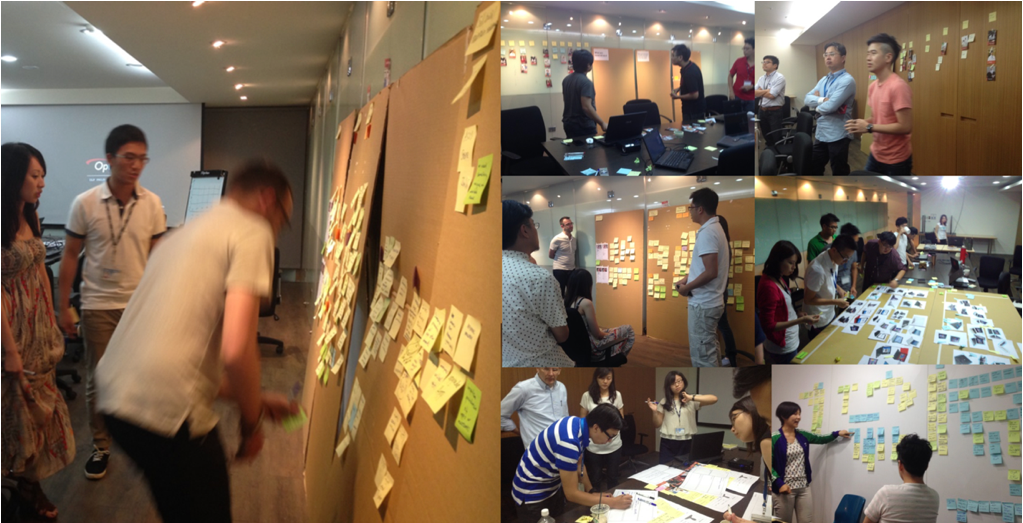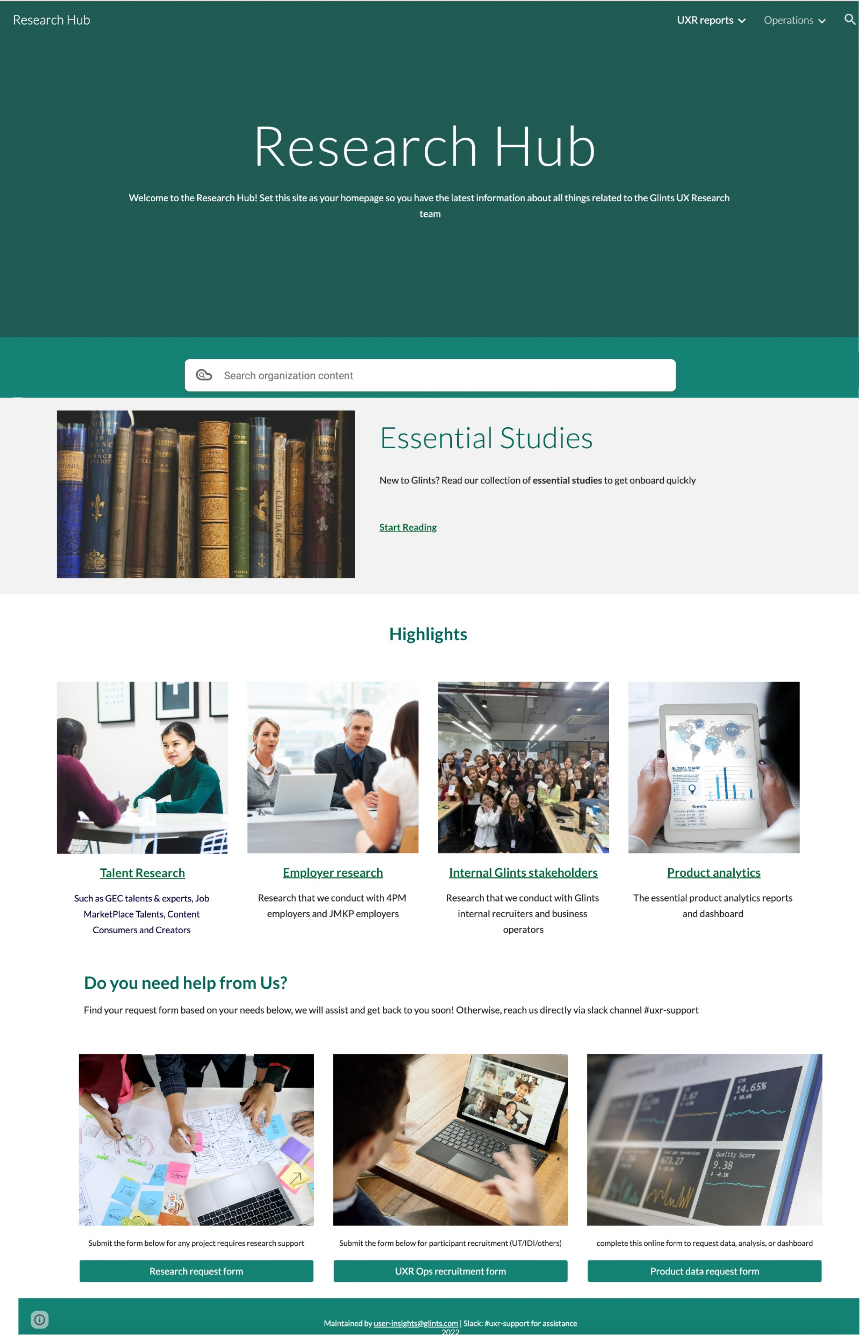When we want to help organizations use user insights to innovate, designing organizational operations can easily bring about effective and sustainable change.
I have experimented with several effective methods:
Sufficient research fees and friendly mechanism: In the process of product development, there is sufficient budget and friendly mechanism for user research.
Knowledge management system: There are high-quality quantitative and qualitative data, not only reports, but also observation content, so that teams in need can find answers by themselves.
Democratization of research methods: Enable both designers and PMs to perform research.
ASUS's Head of Sales and Head of PM wanted to change ASUS's product development process, making this process more innovative and responsive to customer needs. The project began with an understanding of the internal product development process.
Through understanding the process, we identified three challenges:
1. There was no divergence and convergence in the process: After the product specification was determined, it directly entered the development process and entered the market one year later.
2. PM, engineers, marketing, and design units do not have the habit of working together to solve problems: Each unit developed products in the way of handover instead of solving problems together.
3. The voice of the consumer had little influence in the product development process, and technical specifications were the main influencing factor: Although the design unit conducted user research at the beginning, it was difficult for these findings to continuously affect product development, let alone reflect on the product so that final consumers could receive it.
1. Let everyone start to practice cooperation through the implementation of cross-organizational projects: In the company, let everyone practice cooperation through projects and discuss consensus from the BU level.
2. Through the regular quantitative surveys of major markets, let everyone develop the habit of using data:
The reason why people didn't consumer insights was because they felt that the insights were not representative enough. We started to conduct regular global surveys in Asus major markets. With representative and relevant data, PM and sales developed a habit of asking questions and using data when they needed to make decisions.
3. Having a fixed research budget to make research easy to happen:
With this budget, we could regularly go to different countries to conduct focus groups, and used the feedback to influence product directions.
4. By working with the marketing team early in the process, the product concept can be passed on to consumers:
In the past, sales and marketing teams were the last to know about product concepts. I created partnerships between the marketing and design teams so that the marketing team could participate in early discussions. Thanks to this setup, marketers could clearly understand the product concept and used it in the final marketing materials.

The reason why people didn't consumer insights was because they felt that the insights were not representative enough. We started to conduct regular global surveys in Asus major markets. With representative and relevant data, PM and sales developed a habit of asking questions and using data when they needed to make decisions.
I also convinced the company to have a fixed research budget to make research easy to happen. With this budget, we could regularly go to different countries to conduct focus groups, and used the feedback to influence product directions.
Innovative products from the AIO team:ASUS Transformer AiO P1801
The company started to develop innovative products based on the user insights and creativity. One example was Asus Transformer AIO P1801 introduced in 2013 CES。
This is an innovative architecture that had never been seen on the market. It included a home cloud and an 18-inch tablet. The product won the 2013 Red Dot Award. After we proposed this architecture, HP and Dell also launched similar products.

Because we invited marketers into the research and product development process, they could fully understand concepts and shared their insights. As a result, they were able to create marketing materials that reflected the insights we learned at the beginning of the process.
At Glints, we developed a knowledge sharing hub so people could find the reports they needed and accessed other teams' research.
